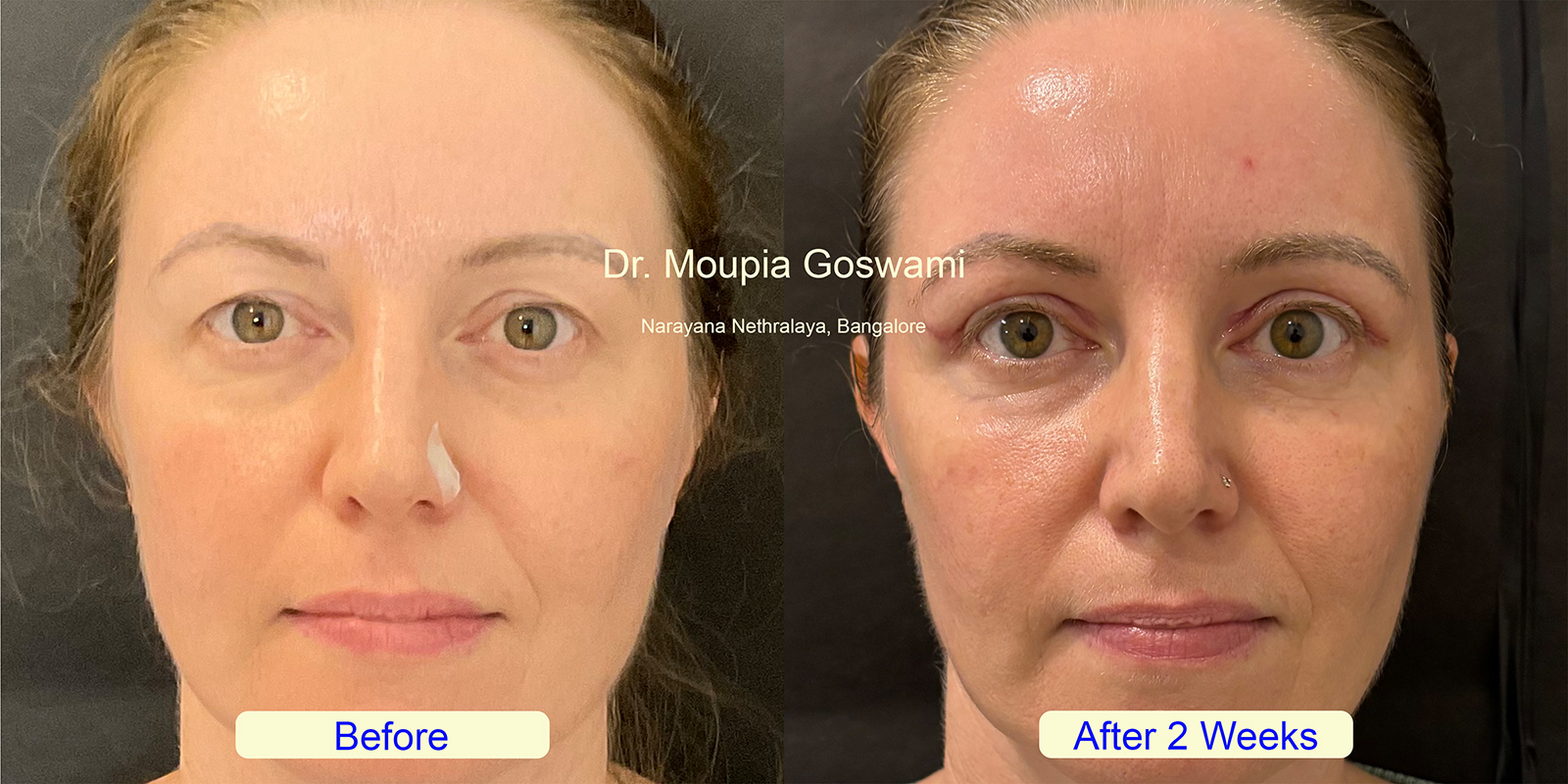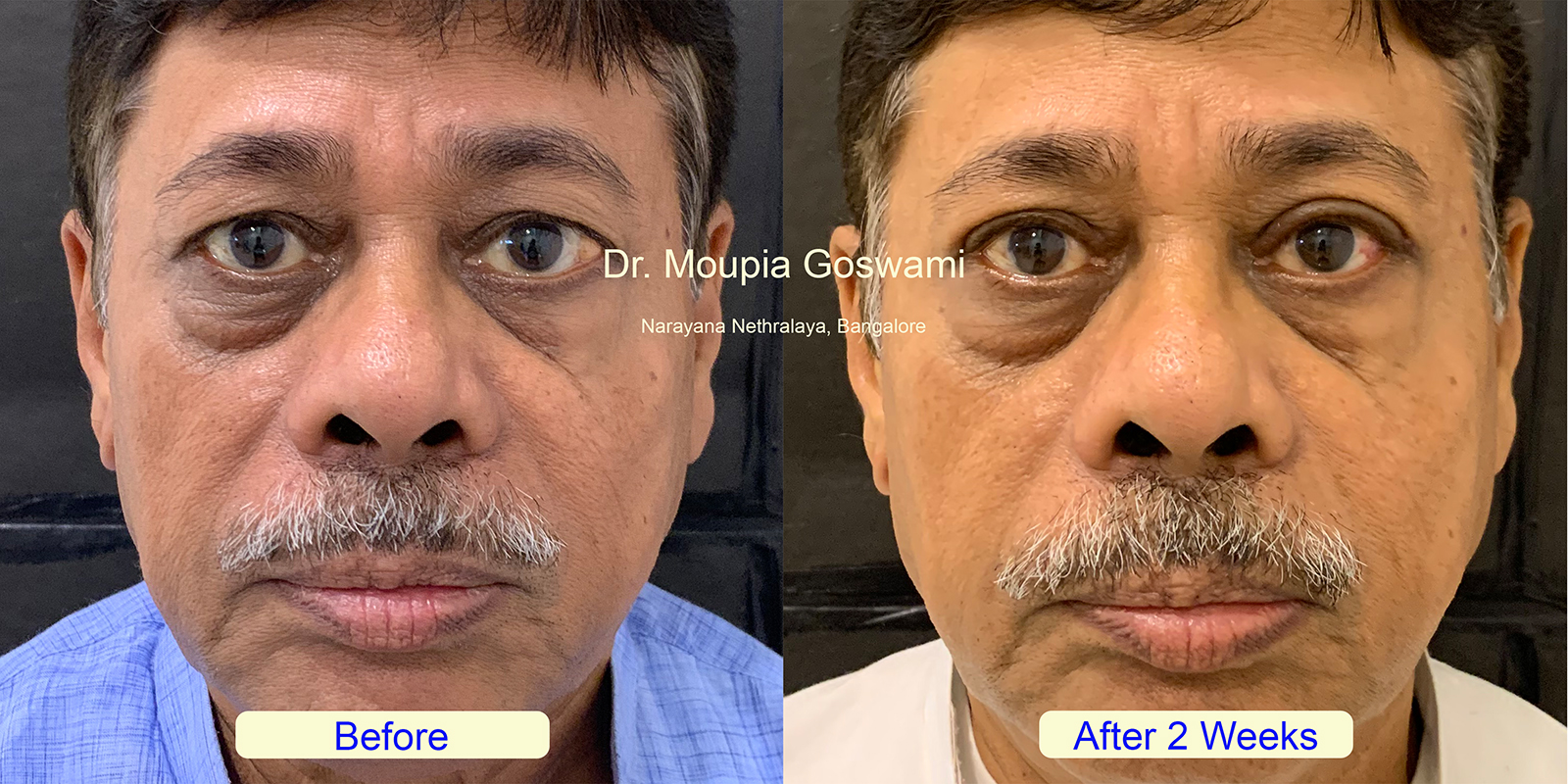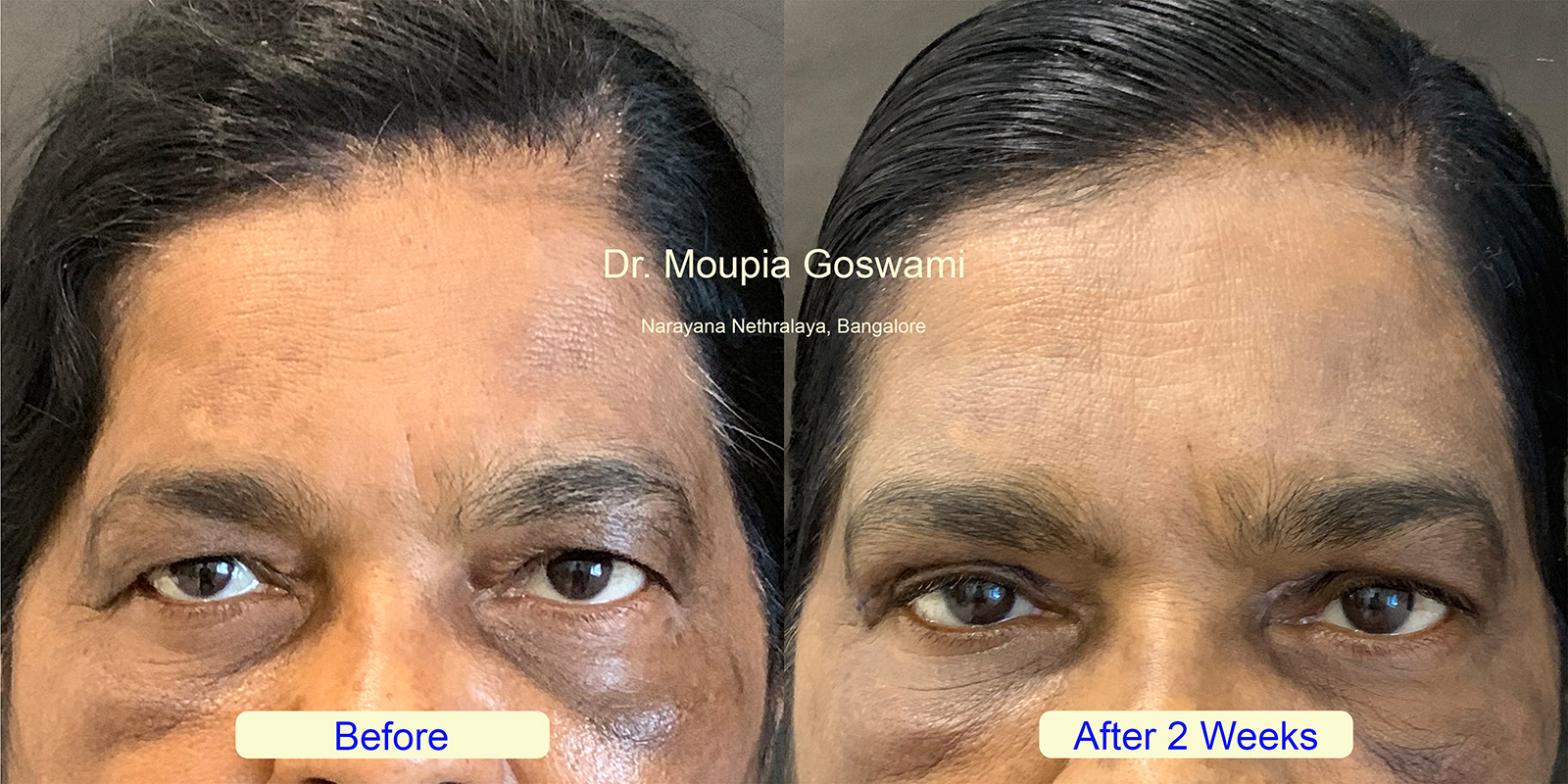Upper Lid Blepharoplasty, commonly known as upper eyelid surgery, is a cosmetic procedure aimed at removing excess skin, fat, or muscle from the upper eyelids. This procedure is often sought by individuals experiencing drooping or sagging eyelids, which can result from aging, genetics, or lifestyle factors. It enhances the natural contour of the upper eyelids, creating a more refreshed and youthful appearance.
In some cases, Upper Lid Blepharoplasty is performed not only for aesthetic reasons but also to improve vision that may be obstructed by drooping skin. The surgery is highly personalized to ensure results that complement the individual’s natural features while achieving their desired outcomes. For further details on techniques, candidacy, recovery, and benefits, refer to the additional sections on this page.


